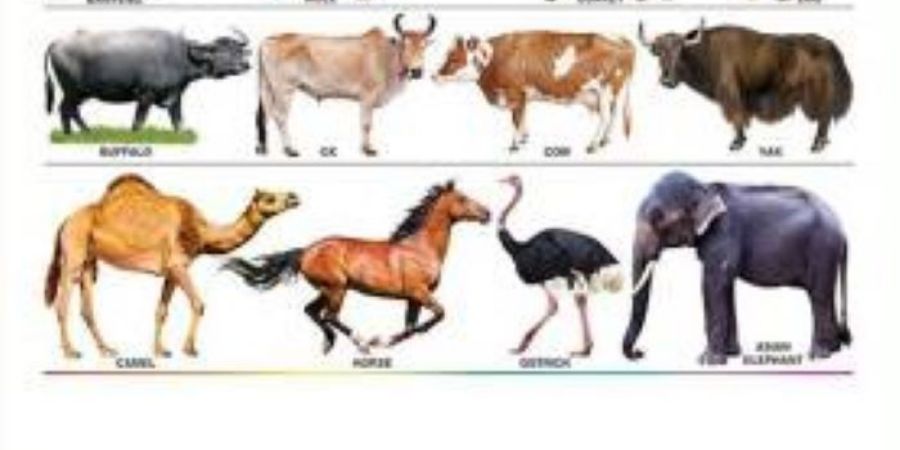

Animals are multicellular eukaryotic organisms that form the biological kingdom Animalia. With few exceptions, animals consume organic material, breathe oxygen, are able to move, can reproduce sexually, and grow from a hollow sphere of cells, the blastula, during embryonic development.
Over 1.5 million living animal species have been described—of which around 1 million are insects—but it has been estimated there are over 7 million animal species in total. Animals range in length from 8.5 micrometers to 33.6 meters. They have complex interactions with each other and their environments, forming intricate food webs.
The scientific study of animals is known as zoology.
15,000-20,000 new animal species are discovered every year.
A butterfly has about 12,000 eyes.
Tigers have striped skin, not just striped fur.
Jellyfish are made up of 95% water.
Polar bears touch noses with one another when they greet each other.
Sea otters hold hands when they sleep so they don’t drift away from each other.
Squirrels are responsible for planting thousands of trees all around the world.
Rats laugh when tickled.
A snail can sleep for three years.
Ducks love a ride on waves.
One species of jellyfish is immortal.
A snail can sleep for three years at a time.
There are 1 million ants for every human in the world.
A pig's orgasm lasts 30 minutes.
A blue whale weighs as much as three elephants and is as long as three Greyhound buses.
A bat can eat up to 1 thousand insects per hour.
The heart of a shrimp is located in its head.
A snail can sleep for three years.
The fingerprints of a koala are so indistinguishable from humans that they have on occasion been confused at a crime scene.
Slugs have four noses.
Elephants are the only animal that can't jump.
A rhinoceros' horn is made of hair.
A polar bear's hair is not white – it's color less.
A giraffe has seven bones in its neck, which is the same as a human has, but they are much larger.
The pattern of wrinkles on a gorilla's nose is unique to each one and is known as a 'nose print'.
There are no male or female earthworms.
The Royal Bengal Tiger, Siberian Tiger, Sumatran Tiger and Indochinese Tiger are various sub-species found in India, China, Russia, and Indonesia.
Tiger cubs stay with their mothers only till they reach two years of age.
Many subspecies of tigers have already become extinct or are endangered due to hunting and loss of forest cover due to civilisation.
Only 10% of tiger hunts turn out to be successful.
A tiger’s roar can be heard from more than two miles away. Tigers also hiss, growl, moan, and chuff.


